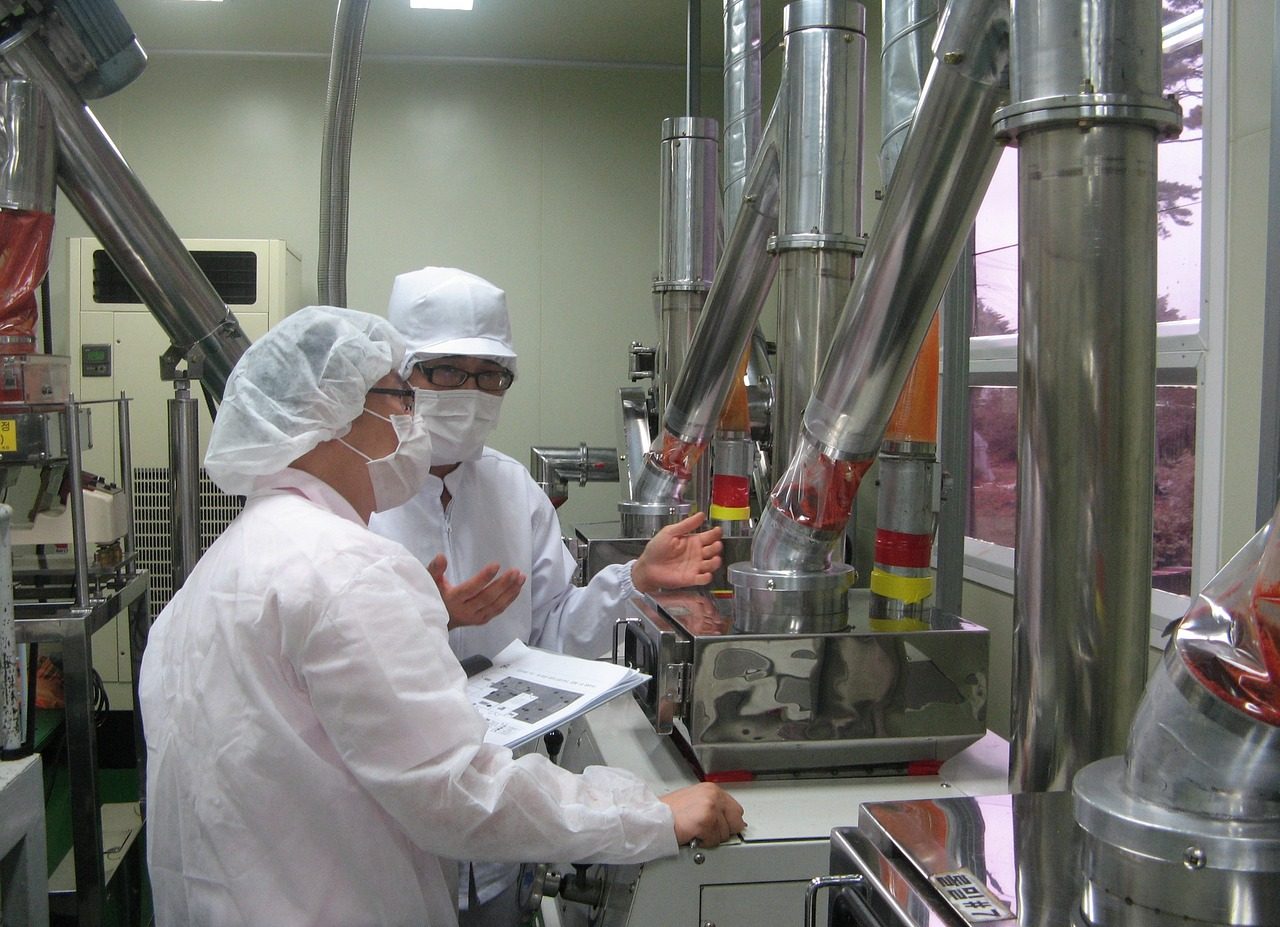
Operational efficiency grows with the standardization of operations.
Operational efficiency is a company's ability to maximize its production and minimize its costs while offering good quality products or services. This can be achieved through optimization of processes and resources.
Before continuing with the definition of the concept, it is important to analyze the terms that shape it. Efficiency is the ability to achieve an objective using the fewest possible means. The adjective operative , meanwhile, refers to that which acts and produces its effect.
Operational efficiency, therefore, allows an organization to achieve its goals while being profitable . To be efficient at an operational level, the company must implement appropriate practices and procedures.
Characteristics of operational efficiency
As we already indicated, operational efficiency is associated with maximizing production with minimizing costs, always maintaining constant quality. This situation is achieved through continuous improvement of multiple aspects, such as inventory management, waste reduction and internal communication.
In this framework, it is key to detect and correct obstacles that generate inefficiency. Internal controls and audits are very important to identify what needs to be modified.
Strategic planning, process automation , talent management and technological innovation are some of the elements that contribute to operational efficiency. It should be considered that the evaluation of efficiency has to be constant to promote organizational development .

Supply chain optimization contributes to operational efficiency.
Organization strategies and systems
To achieve operational efficiency, different strategies can be used and different organizational systems implemented:
- Lean manufacturing : This model aims to reduce production losses while increasing the generation of value for the end user or customer. In this context, it seeks to use only resources essential for growth, avoiding waiting times, overproduction and unnecessary procedures.
- Six sigma : Also known as Six sigma , its purpose is to minimize the variability of processes, optimizing their phases to avoid failures and defects. Its goal is to establish a limit of 3.4 defects per million opportunities.
- Total quality management (TQM) : The simplification of the organization and the commitment of all members of the company are its pillars. It is framed within a holistic (integral) view and is client-oriented.
- Just-in-time (JIT) production system : It is based on the delivery of supplies and products in the appropriate quantities and at the moment prior to their use. This reduces storage and transportation, saving costs.
- Kaizen : This is a method for continuous improvement that involves all members of a company. It requires a supportive attitude and concrete actions.
- 5S (Seiri, Seiton, Seiso, Seiketsu, Shitsuke) : They emerged as part of lean manufacturing and today are considered a specific method. The 5S refers to the classification of elements (to discard what is not necessary), order, cleanliness, standardization and discipline.
- Agile project management : Divide each project into rapid execution cycles. This way errors can be corrected more easily.
- Scrum : Helps achieve incremental development through autonomous organization of teams and overlapping development phases. That is, it avoids cascading or sequential advancement.
Operational efficiency can also be achieved with the use of certain resources and tools. The use of visual signals ( kanban ) for project management and the development of SWOT analysis (strengths, weaknesses, opportunities, threats) to understand the company's context are part of these instruments.

Knowledge management is key to operational efficiency.
Advantages of operational efficiency
Operational efficiency brings many benefits to a company. The increase in productivity together with the reduction of costs constitutes its most obvious advantage.
On the other hand, operational efficiency generates wider profit margins and prices that are more competitive. In this way, it also translates into a better customer experience and an increase in customer satisfaction.
Thanks to operational efficiency, the company also gains flexibility and can adapt to different environments more easily. This assumes that the entity is in a position to respond favorably to market changes, for example.
Lower costs and higher quality imply obtaining a competitive advantage . Therefore, operational efficiency can contribute to an increase in market share and growth that is maintained in the long term.
Your measurement
To measure operational efficiency, the use of KPIs (key performance indicators) is used. By examining the data, it is possible to detect patterns and trends that help with decision making.
One of the most used indicators is the return on investment (ROI) . What it does is indicate the time it takes for an investment to provide the profitability that justifies its outlay. Operating cash flow (OCF) is another widely used indicator: in this case, it shows the operating profit obtained in terms of liquidity, calculating the profit before taxes.
Overall equipment effectiveness (OEE) , on the other hand, offers an evaluation based on the quality, performance and availability of the machinery that is intended for production. The information provided is considered a valuable indicator of the firm's operational efficiency.
Another KPI that makes it possible to evaluate operational efficiency is the cost of sales . This metric reveals the amount that is allocated to the production, distribution and dissemination of a service or good.
